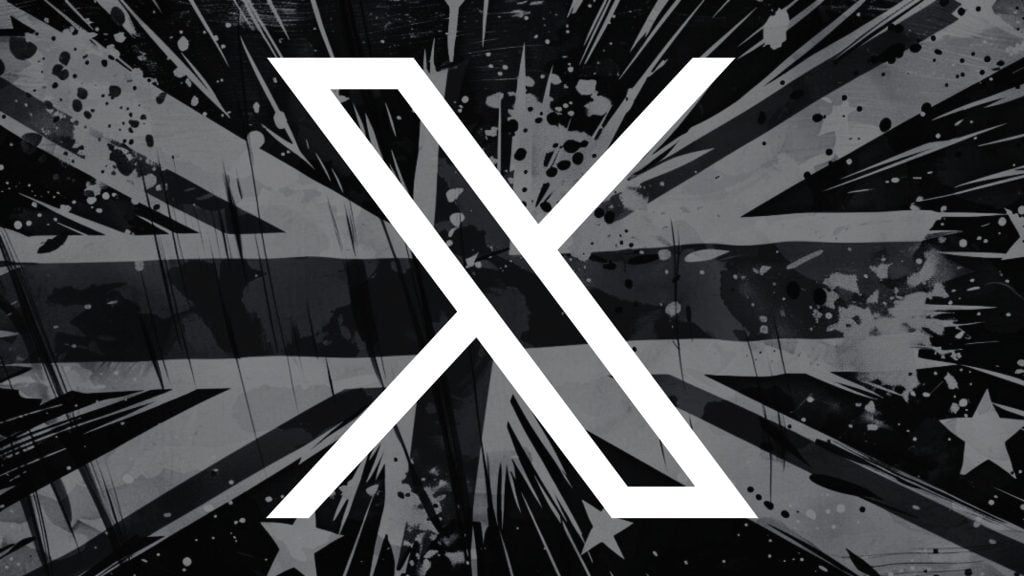If our modern Indo-European languages had any reason or incentive to develop as pictographic systems over the ages – surely they would have. Instead, they are alphabetic. And using emoticons (that in turn use letters of the alphabet, and punctuation instead of images) in our digital communication as a means of abbreviating some of it, seemed perfectly sufficient for quite a while.
Then came the pure and unadulterated fad of “emoji” pictographs meant to replace and “enrich” the simple, plain emoticons 😐
But the fad took off. Sure, by now, after putting in work, we are all capable of recognizing the meaning of at least a dozen emojis that are self-explanatory (at the very least, of the multitude that do little else than visually complicate the previously existing emoticons).
The whole thing, too, now requires continuous work to standardize across various platforms. But if you thought the Unicode Consortium’s effort to “standardize” was the worst waste of time around the whole emoji thing – you’ve obviously never heard about an Australian court tormented over how to interpret what an emoji posted on Twitter even means, and how it might affect a legal case.
Techdirt writes about this to explain the “offending” emoji was that of a “zipper mouth” – while the court in the state of New South Wales is now grappling with it in terms of relevance to defamation laws.
The report chooses to describe Australia’s laws around defamation as “ridiculous and harassing” – not least, apparently, because the website itself has had some run-ins with said laws.
But to really consider what’s “ridiculous” in legal practice – or in the world in general – consider whether any emoji can be interpreted as defamatory. (Spoiler: Under right/wrong circumstances and context – any one of these thousands of images could be seen as “defamatory” to somebody/something. So maybe courts should just stay out of it?)
Nevertheless, the Australian case “involved a discussion about a lawyer who had been criticized by a judge.” Then, someone on Twitter asked what happened to them, prompting a “zipper face” emoji reply, apparently by the lawyer.

The painful procedural unfolding next before the court goes into the possibility of emojis becoming a tool of defamation – while also, maybe not.
“The ruling thus concludes that the zipper-mouth emoji has the capacity to be defamatory; the plaintiff gets a chance to keep making that argument. It doesn’t mean that the zipper-mouth emoji response was, in fact, defamatory. Indeed, I can imagine many ways the zipper-mouth emoji had non-defamatory meanings,” the decision, clearly as clear as mud, said.
If you're tired of censorship and dystopian threats against civil liberties, subscribe to Reclaim The Net.









